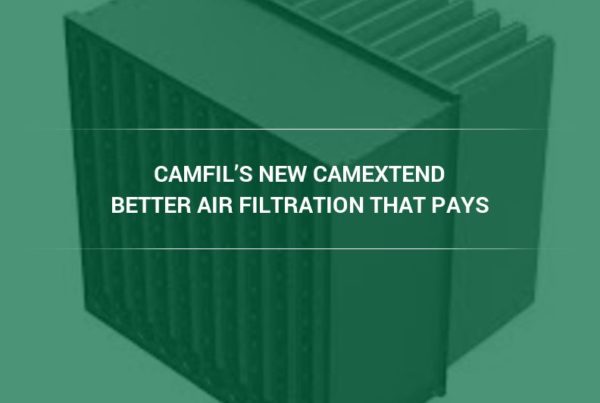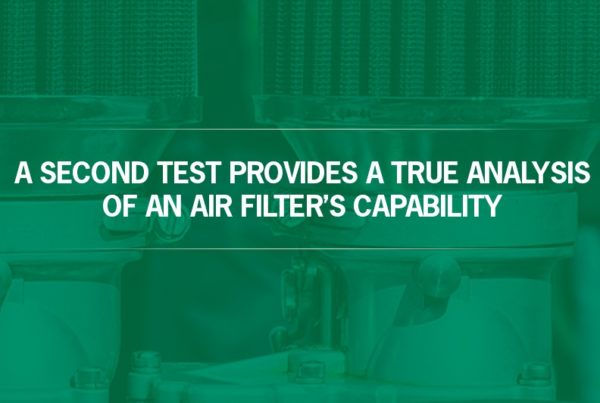Hospital-Acquired Infections Are a Top Concern for Medical Facilities and Their Patients, but Cutting-Edge Clean Air Solutions Can Mitigate the Risks
Given the harmful effects that air pollution — both indoors and outdoors — can have on health, it is not surprising that air quality is a universal concern. But in a hospital setting — where airborne contaminants can pose particular risks — the worries are acute. To keep visitors, staff, and patients with weakened immune systems safe, hospitals need to ensure optimal indoor air quality. They can achieve this via high efficiency air filters.
In a new Google Hangout from Camfil, the world’s leading provider of clean air solutions, air filtration expert Charlie Seyffer discusses the most common contaminants found in hospitals — and how the proper use of air filters can dramatically reduce their threat.
Available now for viewing online at http://youtu.be/lmLxIWFC-g4 , the discussion focuses on two worrisome contaminants in particular: droplet nuclei and bacteria.
“Airborne droplet nuclei — which is basically what comes out of your mouth when you sneeze, talk, or cough — are so small and light that they may remain suspended in the air for several hours,” says Seyffer. “Bacteria are generally much larger, but also problematic, particularly when people may already be susceptible to infection — such as an ill person in a hospital.
While there has always been an urgency to remove these contaminants from the airstream, these days hospitals are under even more pressure to do so. “Over the last 3 to 5 years, the government has been very concerned about hospital-acquired infection,” says Seyffer. “They can be penalized based on performance, and hospitals that don’t perform well can see financial penalties and the loss of their ability to treat Medicare patients.”
Seyffer also discusses the increased transparency regarding hospital-acquired infections. Individuals can now access government statistics on the Web that show just how their local hospitals are faring.
So how can hospitals do a better job of reducing contaminants in indoor air? This is a key question Seyffer addresses in the video, discussing the need to select the proper air filters for different areas within the hospital. The idea is to choose the air filter that is most efficient, and effective, for each zone. In a burn unit, for example, patients are especially susceptible to infection, so for that location an extremely effective HEPA air filter is typically the best choice.
Other areas in which air filtration should be stepped up include childcare areas (since young children do not have fully developed immune systems) and any wards where infectious patients are treated (as one example, highly infectious tuberculosis has made a troubling recurrence over the past twenty years).
High efficiency air solutions have been a top priority for Camfil, which leverages a half dozen global research centers to create air filters that maintain peak efficiency longer than traditionally designed filters — while using less energy and requiring less frequent change-outs. For hospitals, the result is a win-win: improving performance while lowering cost. That keeps the patients — and the bottom line — well.
For more information about Camfil and HVAC replacement filters for medical facilities (as well as anywhere else where optimal indoor air quality is imperative), visit Camfil online at http://catalog.camfil.us.
The world leader in air filtration systems, Camfil provides clean air solutions for hospitals, hotels, office buildings, educational institutions, and pharmaceutical and biotech companies. We provide the tools to achieve sustainability, maintain high air quality, and reduce airborne infections — all while lowering total cost of ownership. Camfil customers go green without ever sacrificing performance. For more information, visit us online at www.camfil.us, or call us toll-free at 888.599.6620.



